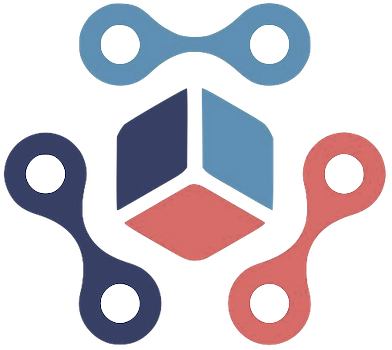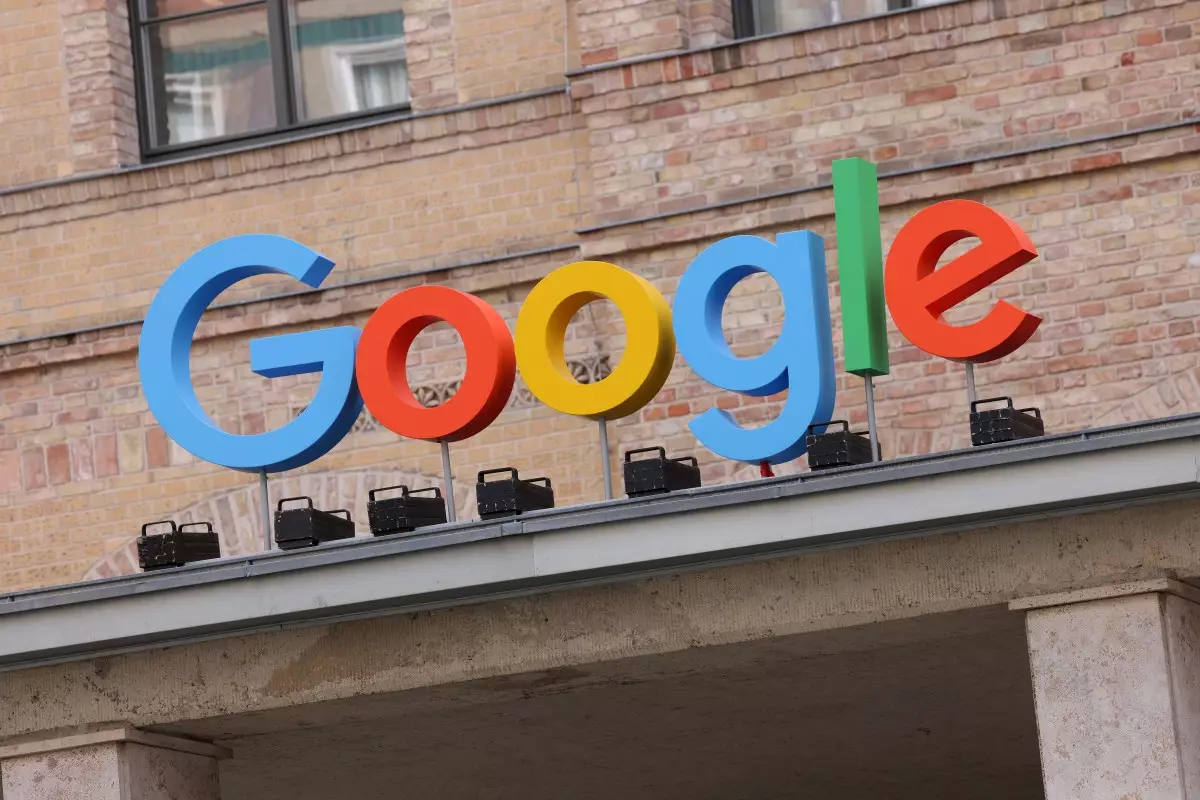Google’s latest innovation in augmented reality marks a significant shift in how consumers approach online fashion shopping. The tech giant’s virtual try-on feature empowers users to see clothing on a personalized digital avatar, moving beyond traditional model displays. Unlike previous iterations that showcased clothing on a diverse range of bodies, this new tool offers a bespoke experience, aligning virtual fitting directly with individual self-portraits. This leap not only personalizes the digital shopping journey but also accentuates the company’s commitment to making online apparel exploration more intuitive and engaging.
By enabling users to upload a full-body image and instantly view clothing on their own likeness, Google bridges the gap between online and real-world shopping experiences. This feature promises to diminish the uncertainty often associated with buying clothes online—an industry notoriously plagued by high return rates due to misfit or unmet expectations. The ability to save and share looks fosters a social element, transforming solitary browsing into a shared experience, which is crucial in an era where social media shapes fashion trends.
However, despite the promising potential, critical examination reveals limitations. The accuracy of virtual try-on relies heavily on the quality of user-uploaded photos and the algorithm’s ability to adapt clothing to various body types authentically. Any misalignment or uncanny realism issues can erode user trust. Moreover, this technology assumes users have consistent lighting and pose well within their photos, which isn’t always feasible, potentially leading to frustration or dissatisfaction.
Enhancing Consumer Confidence through Intelligent Price Alerts
Complementing the virtual fitting experience, Google is pioneering smarter shopping aids with refined price alerts. These alerts allow consumers to specify target prices, sizes, and colors, making price monitoring more personalized. The convenience of receiving notifications when an item hits a user-defined threshold reduces the tedious process of manual checking and anticipates a future where online shopping becomes more predictive and responsive to individual budgets.
This development underscores a broader strategy: transforming Google Shopping from a passive search tool into an active shopping assistant. The integration of extensive data from across the web ensures that consumers are kept abreast of fluctuating prices and deals. Yet, behind this user-friendly veneer lies a challenge—ensuring alert accuracy and timeliness. As prices fluctuate rapidly, there’s a risk of alerts becoming obsolete or missing optimal deals. Consumer skepticism might arise if notifications are inconsistent or if users feel overwhelmed by too many alerts.
Furthermore, privacy considerations surface here. Collecting preferences about sizes, colors, and price points entails sensitive data, raising questions about data security and personal privacy. To truly revolutionize shopping, Google must balance personalization with robust privacy protections, a task that becomes more complex as these features extend.
The Future of Visual Inspiration and Personal Curation
Looking ahead, Google’s announced plans to incorporate AI-generated outfit and room design ideas hint at a profound shift towards fully visual, immersive digital curation. The introduction of style matching technology driven by massive datasets from the Shopping Graph illustrates an ambition to become an all-encompassing design assistant—whether for fashion or home interiors.
This feature promises to serve both practical and aspirational needs. Wanting to attend a garden party but unsure what to wear? Or puzzled over decorating a new bedroom? Google’s generation of visual options aims to make these decisions effortless. The utilization of AI to synthesize realistic images provides users with an almost tangible preview, blurring the lines between imagination and reality.
Critically, this approach raises concerns about aesthetic standards and authenticity. Relying on machine-generated visuals could create a homogenization of style—where options are filtered through algorithmic biases—potentially stifling individual creativity. Moreover, there remains the question of how well these virtual suggestions will align with personal taste and actual product availability. If the generated ideas aren’t readily shoppable or accessible, user frustration could ensue.
Finally, while these innovations herald a future where shopping, decor, and style are seamless digital experiences, they also intensify debates around authenticity, digital manipulation, and consumer dependence on algorithms. Balancing technological convenience with retaining genuine human expression in fashion and design will be the true challenge moving forward.
In sum, Google’s ambitious strides into virtual try-on technology, price alert sophistication, and visual inspiration tools reflect a broader philosophical shift: a vision of shopping that is deeply personalized, visually driven, and hyper-responsive. While these advancements offer extraordinary opportunities to redefine consumer engagement, they also demand a critical eye towards their limitations and societal implications. Only through vigilant refinement and ethical considerations can such innovation truly transform the way we style ourselves and our homes.

